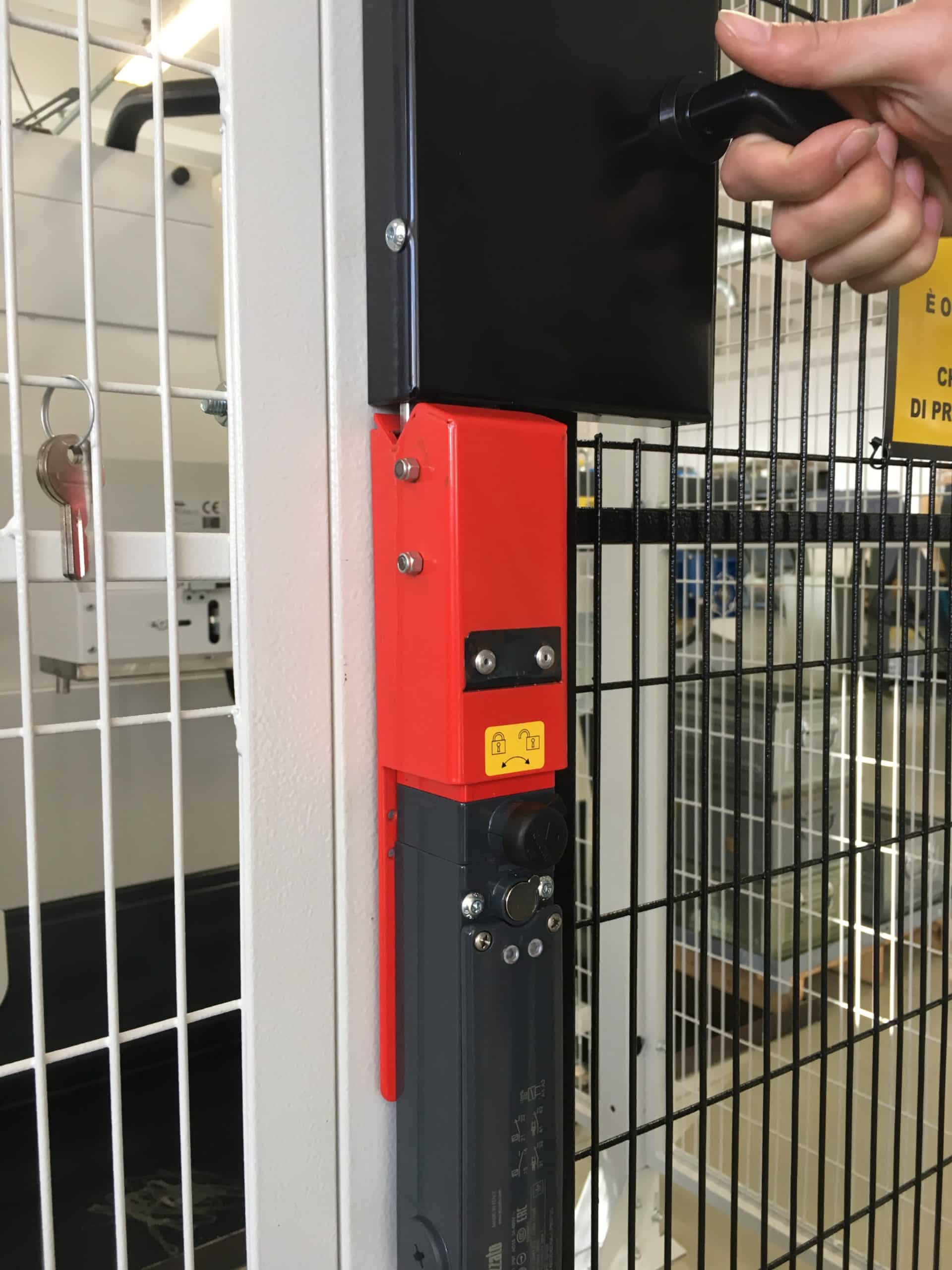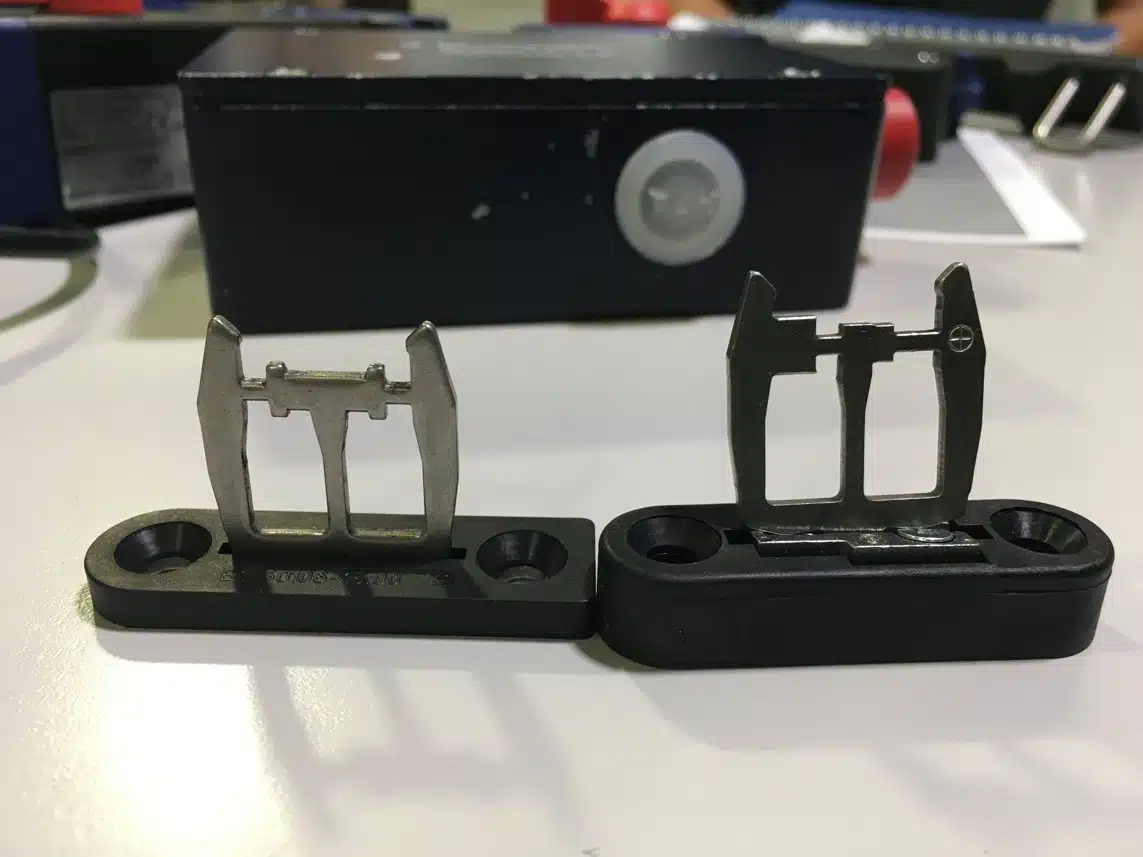Last edit: 09/10/2024

As a general Principle, Interlocking functions shall be designed such that they cannot be easily defeated.
The defeating of interlocking devices makes the protective measure of protective devices inoperative and therefore can increase significantly the risk of harm. As far as practicable, protective measures shall take such foreseeable misuse into account.
In general, the interlocking device should provide the minimum possible interference with activities during operation and other phases of machine life, in order to reduce any incentive to defeat it. That means easy operation of the machine, in particular during maintenance and service operations.
Remember that there are 2 reasons why an employee decides to defeat an interlock:
- Because he has always done it that way (Habit)
- Because he cannot do his job (Necessity)
The habit can be eliminated but the necessity will always remain. That is the reason why ISO 14119 does not oblige the machinery manufacturer to use high level coded interlock: in reality ISO 14119 is recommending the Machinery Manufacturer to provide operation modes that allow a safe running and maintenance of the machine without the need to never, ever defeat (bypass) any interlock!
The Standard provides the following procedure to avoid defeating of the interlock:
- Implement the basic measure provided in paragraph 6;
- Check whether the motivation to defeat the interlocking devices in reasonably foreseeable manner exists;
- Check whether the motivation can be eliminated;
- If foreseeable motivation for defeat continues to exist, additional measures are required and therefore the use of the prescriptions detailed in Table3 become mandatory.
It is important to notice that paragraph 8.3 details additional measures to minimise defeat possibilities.
One of the biggest misinterpretation of the standard is about the use of non-detachable fixing. Some interlock manufacturers state that the use of normal screws covered with a cup can be considered a non-detachable fixing. That is not correct. It is important to distinguish between two different actions: Tampering and Defeating. The standard is looking for measures to avoid Interlock defeating and not Interlock Tampering. The cups are a way to detect tampering but do not hinder the defeating. That means the caps should not be considerd equivalent to non-detachable fixing.
That has been made clear in the new edition of the standard. This is the language present in the new edition:
[EN ISO 14119: 2024] 8.3 Additional measures to minimize possibility of defeat
[…] Not considered as non‑detachable in this context are:
1) screws and bolts with hexalobular socket or similar and a pin in the opening (sometimes called security screws), because tools for these screws are readily available, except when the pin has been bent after installation.
2) use of easily detachable blocking substances, e.g. caps, wax, tamper proof labels.
Additional measures to minimize possibility of defeat for Type 5 devices
The following specifics apply to trapped key interlocking devices. None of these issues affect the performance level and are only of consideration in cases where motivation to defeat the interlock exist.
- Key retention. In order to prevent the key from being easily removed from Type 5 interlocking device in the trapped position it shall not be possible to remove the key out of the interlocking device with a force less than 250 N;
- Duplication of keys. Keys for Type 5 interlocking device shall be designed in a way that they are not easily duplicated, other than by the original device manufacturer.
For example, for a type 2 or 4 interlocking device, with high level coding, with or without electromagnetic guard locking, a non-detachable fixing of actuator is mandatory.
The figure shows a type 2, high level coded, interlocking device.
